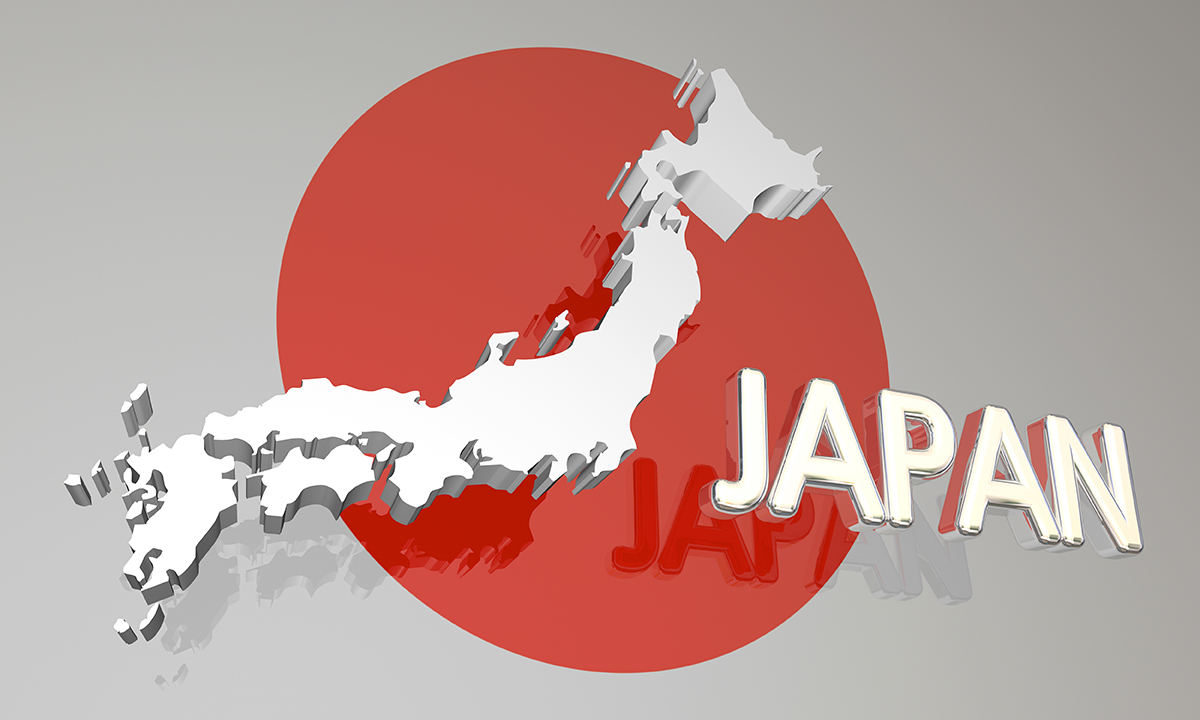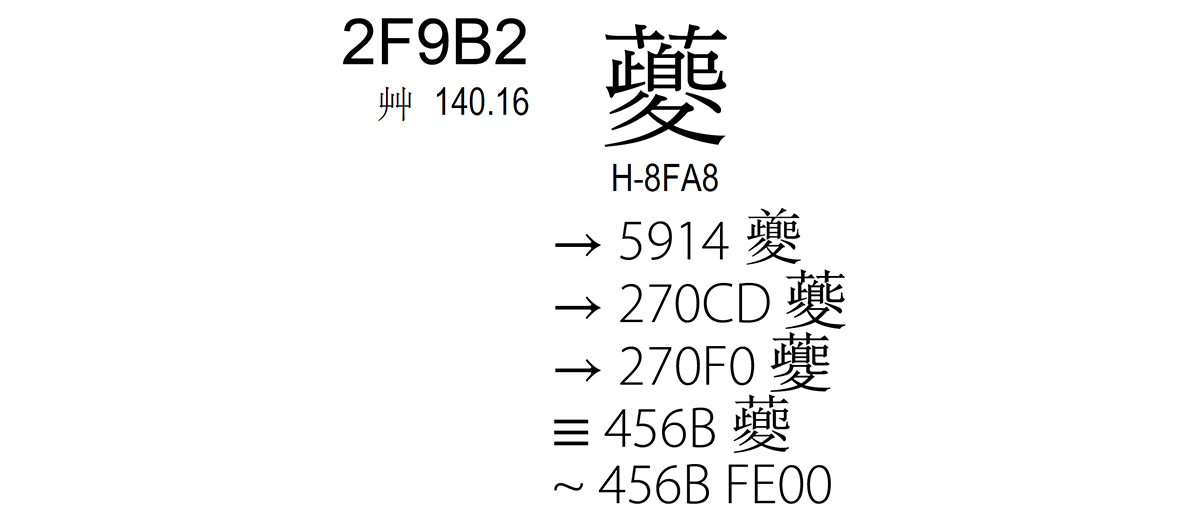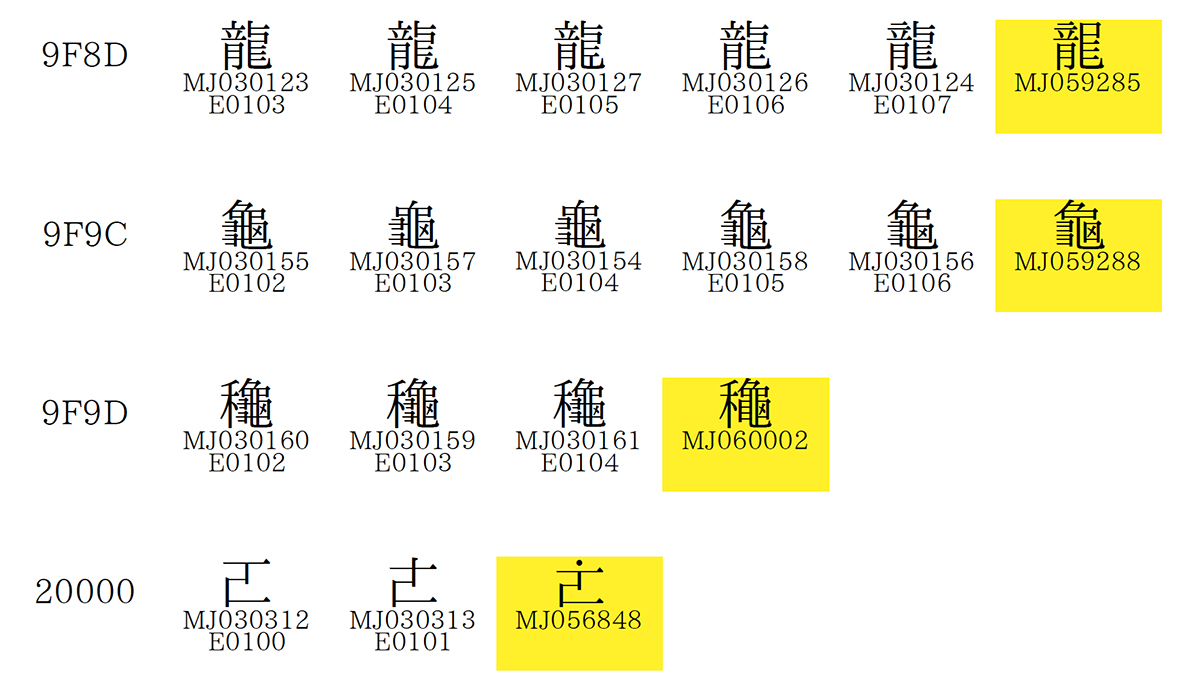
Continuing where my Standards 101 article left off, class is once again in session as Standards 102, and today’s topic is “silent corrections.”
The ultimate focus of this particular article is on the first three pages of WG2 N4008 (2011), Resolution M58.03 of WG2 N4104 (2011), and the Unicode mappings for two ideographs in GB 12052-89 (1989; 信息交换用朝鲜文字编码字符集), a standard from China that is a regional Korean character set. The two ideographs in question are at positions 72-33 and 72-67 in that standard. All of this started when I submitted L2/10-362 (2010), which proposed better source references for 94 ideographs that were appended to the special version of the GB/T 12345-90 (1990; 信息交换用汉字编码字符集―辅助集) standard that was used to compile the URO (Unified Repertoire & Ordering) in Unicode Version 1.1, but which are not actually present in that standard proper. It turns out that these ideographs originated in the GB 12052-89 standard.
But first, let’s briefly discuss the issue of “silent corrections” in standards, particularly in GB standards…
Continue reading…












